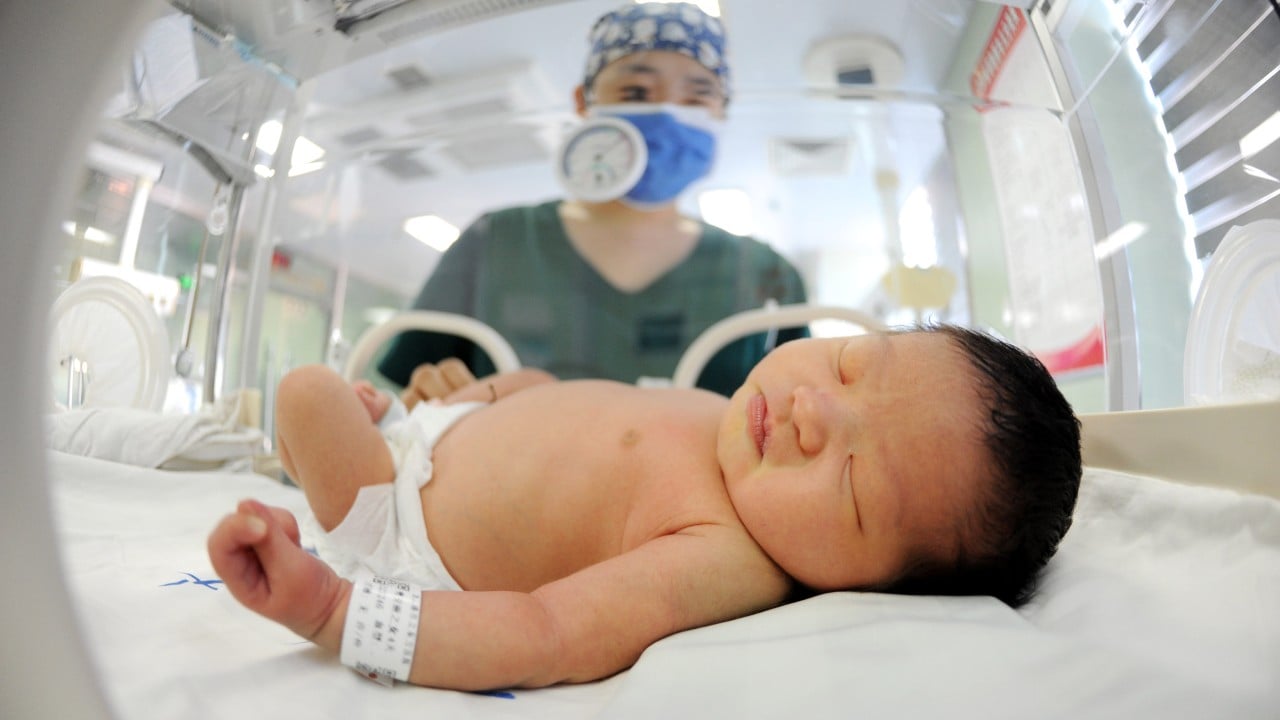As China’s youth express reluctance to have children, and those with one child less than enthusiastic over the prospect of more, one densely populated region in the southern province of Guangdong is bucking the trend – but its reasons for doing so appear difficult or downright impossible to replicate nationwide.
Advertisement
In Chaoshan, in the east of the province, ancestral halls dot villages and lineage is fiercely honoured. Chen Jiahui, a 28-year-old from the region, said many of her older cousins have two or even three children, whether they stayed home or moved elsewhere.
“The idea that more children bring more blessings – and that sons carry on the family name – is still very strong here.”
While much of the country is grappling with a demographic chill and an ageing population, in the southern powerhouse province – particularly regions like Chaoshan – cultural tradition still prizes larger households.
The country’s most populous and wealthiest province, Guangdong also stands out for its birth rate, which consistently ranks above the national average. The region recorded 1.13 million births in 2024 for a year-on-year increase of 100,000, making it China’s top province for new births for the seventh consecutive year, and the only one to top one million newborns five years in a row. Its birth rate of 8.89 per thousand people is among the highest in the country.
Advertisement
Unlike most of China’s high-fertility provinces, typically found in the less-developed west, Guangdong has the country’s highest regional gross domestic product. Despite a slowdown last year brought on by property market woes and lower private sector activity, the region has kept this status for 36 consecutive years. In 2024, its total economic output reached 14.16 trillion yuan (US$1.94 trillion), on par with Russia’s annual GDP.

